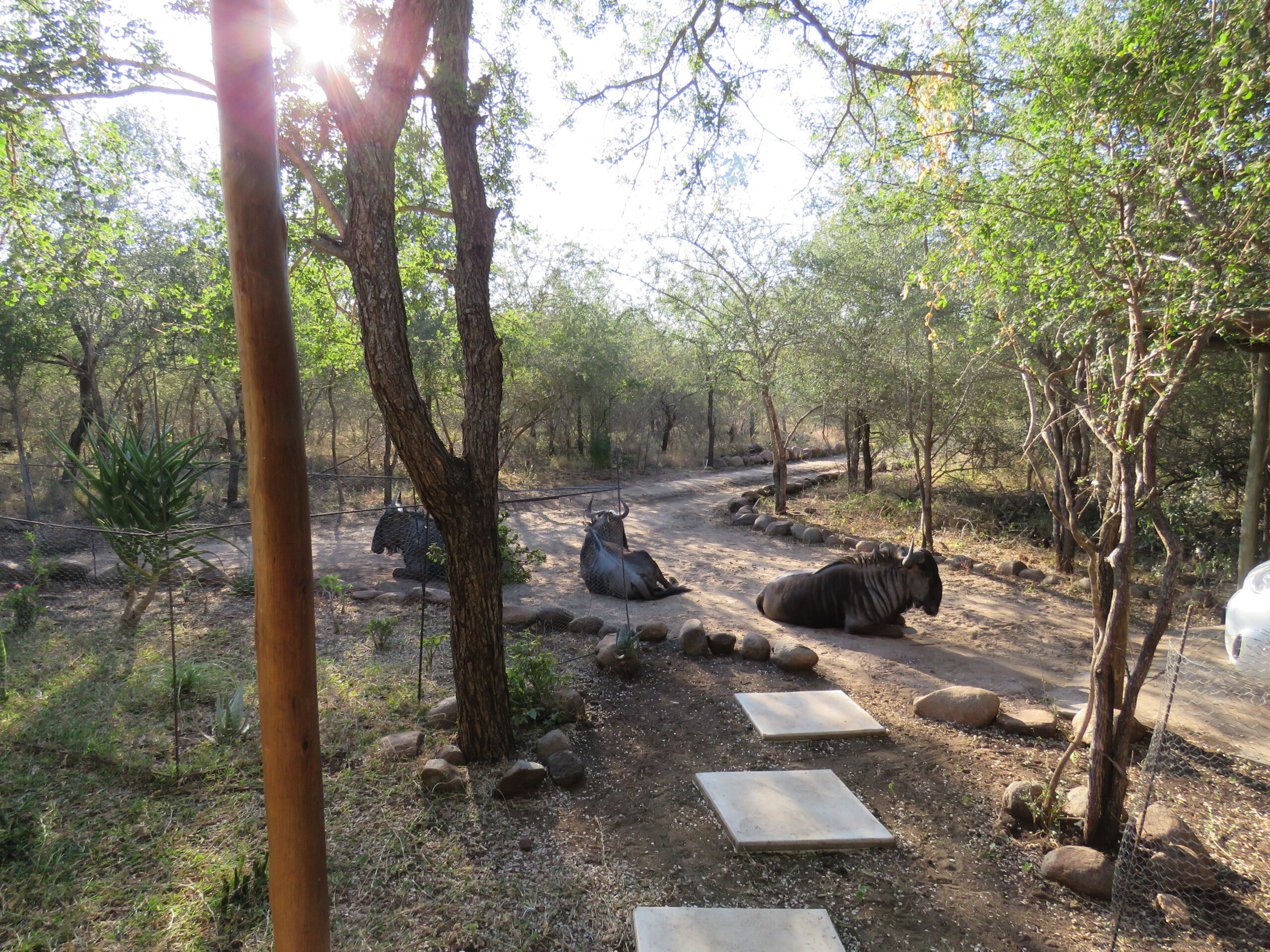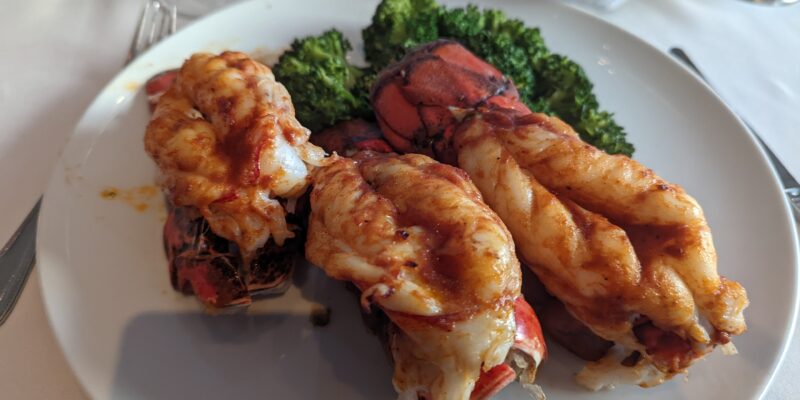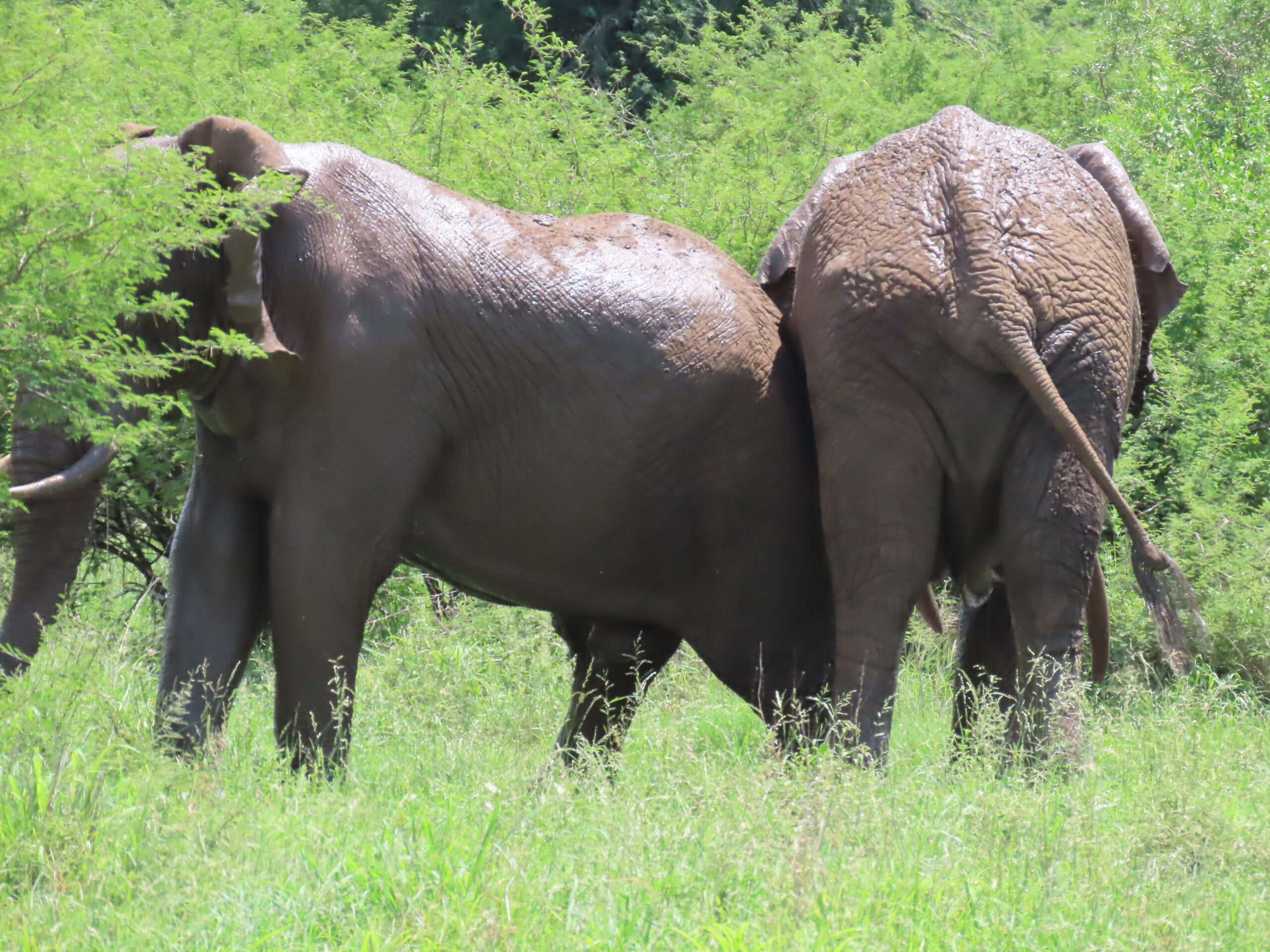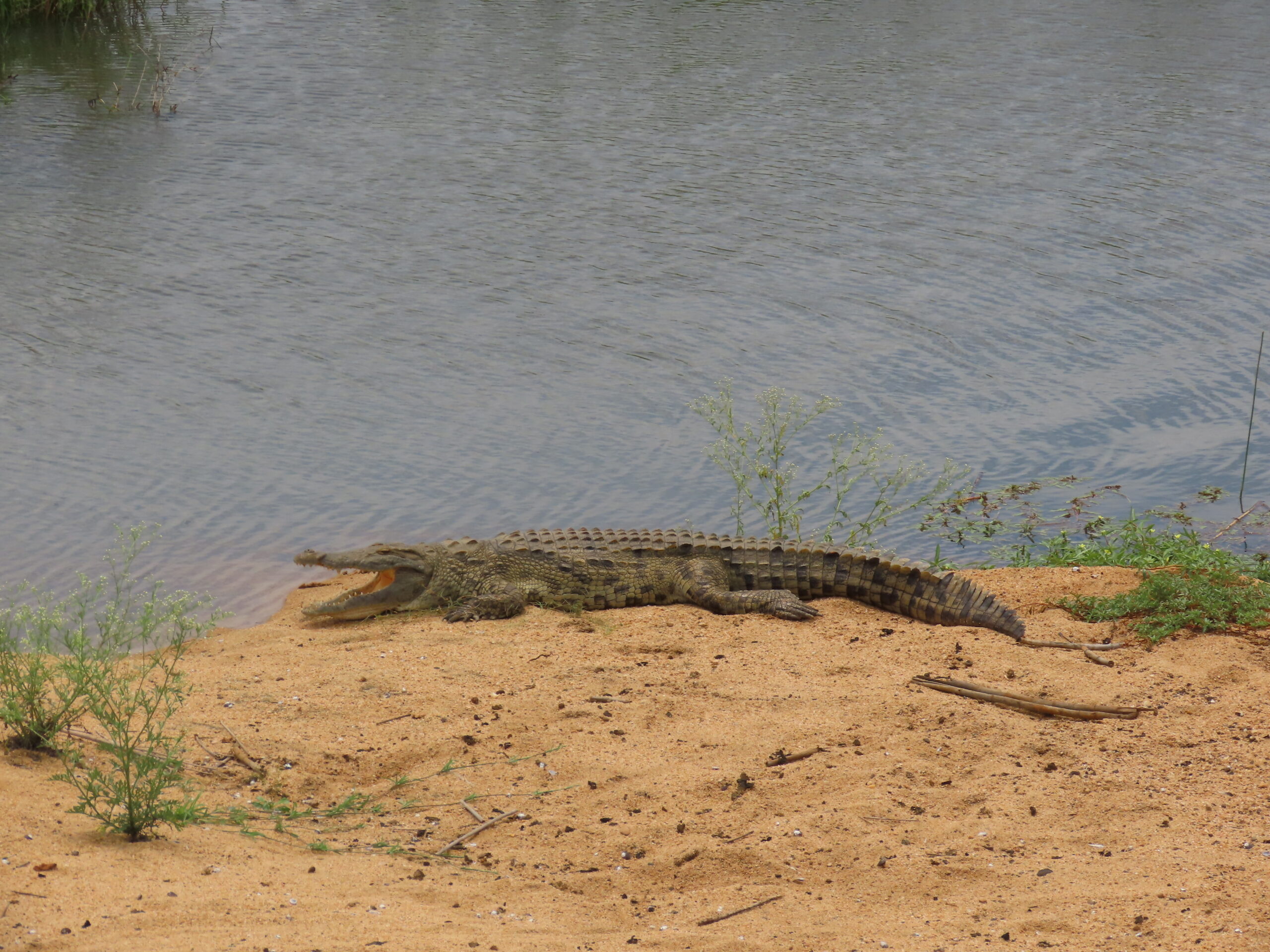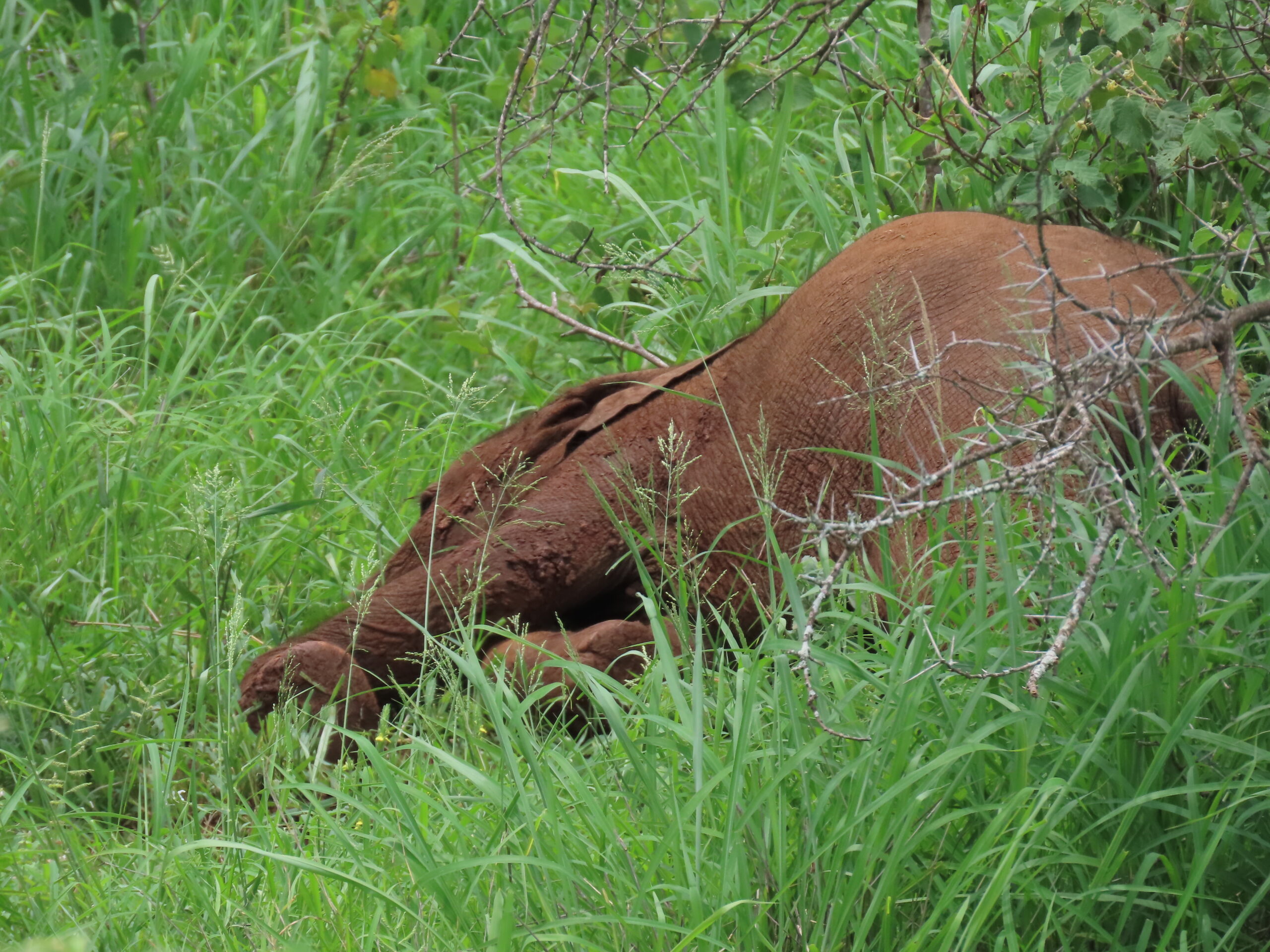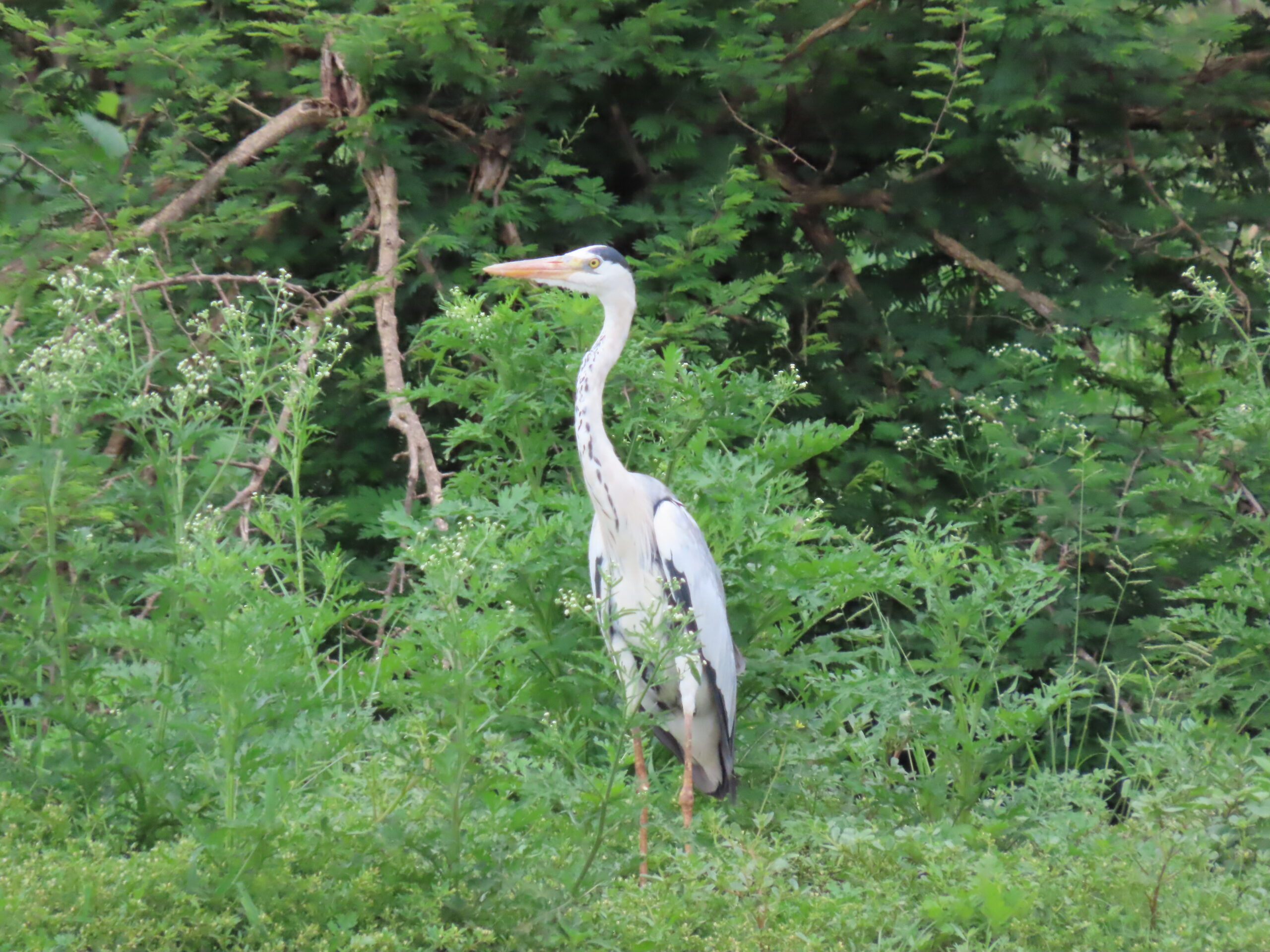
Yesterday afternoon after uploading the post, we headed out to drive through the park for the first time since we arrived two weeks ago, searching for photos for our posts. After driving on the pot-hole-ridden, uneven dirt roads, we decided to head back to the house, bouncing in the little rental car for 90 minutes.
We didn’t take a single photo when we didn’t encounter any wildlife except for a few impalas and zebras at too far a distance. In the same manner that visiting Kruger National Park can be a bust, we returned, accepting that sometimes sightings are limited. We weren’t disappointed. We’ve learned to accept such an occurrence. After all, it’s nature that can be unpredictable at times.

Next week, we’ll head to Kruger to purchase our one-year pass to the park at SanPark‘s business office at the Crocodile Gate entrance, the closest entry point to our location.. At this point, staffing is an issue due to the pandemic, and we’ll get faster results if we apply in person rather than online.
This is the case with many businesses in South Africa and as we’d observed in the US. Many shops and restaurants either went out of business or are operating on a short-staffed basis. It’s sad to see how people haven’t gone back to work and there are hiring signs everywhere. While in the US we were shocked to see that some of our favorite restaurants were no longer in business.

This is the case worldwide, not just in South Africa and the US. On top of that, many customers become angry and frustrated when service is slow due to staffing shortages. While we were sick in Minneapolis and ordered unwiches, the delicious bread-free sandwiches from the chain Jimmy John’s. As ill as Tom was, we drove to a nearby location a few times to order.
No longer could we go inside the shop and place an order. We had to go back out to the car, place and pay for the order online on my phone, and wait for the designated time to enter the shop to pick up the two unwiches. A sign at the shop said, “Please be kind to our staff. Due to staffing issues resulting from the pandemic, we are grateful for the staff we have.”
Chipotle, another fast food restaurant from which we ordered food while sick with Covid (we tested negative before entering the US), had a similar situation. No longer could a patron stand at the glass-covered counter and point to the ingredients they wanted in the order. All orders had to be completed and paid online. Ready orders were placed on a shelf with the customer’s name.
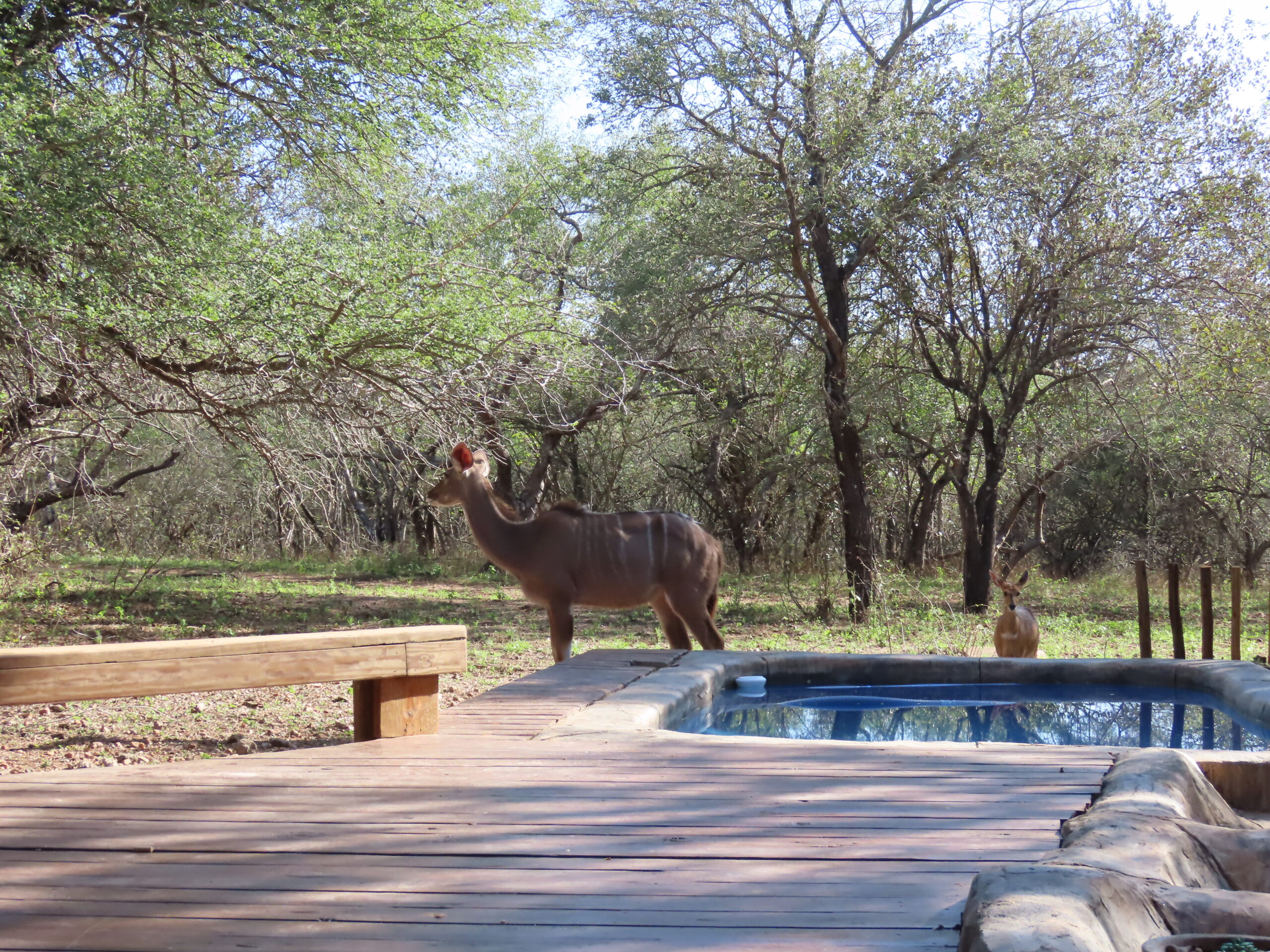
It would be the same scenario here in many cases, especially if travelers wanted to apply online for visa extensions. There is such a backlog of applications it’s unlikely an approval would come on time. Subsequently, there is the necessity to use a law firm to process the application.
Also, we’re hearing about backlogs on driver’s licenses and other licenses for locals, which has been the case for over two years since the onset of the pandemic. Nothing will ever be the same. The world deals with the long-term impact of this pandemic, let alone the massive numbers of people who’ve lost their jobs, income, and sources of income and financial security. For the poor, this has only exacerbated an already impossible situation.
Yes, we appreciate the ease with which we continue to live our lives. Yes, we’ve had to be ultra-aware of increased costs and lack of services. But we remain grateful and humbled by the quality of our lives and our renewed good health.
Be well.
Photo from one year ago today, June 7, 2021:





